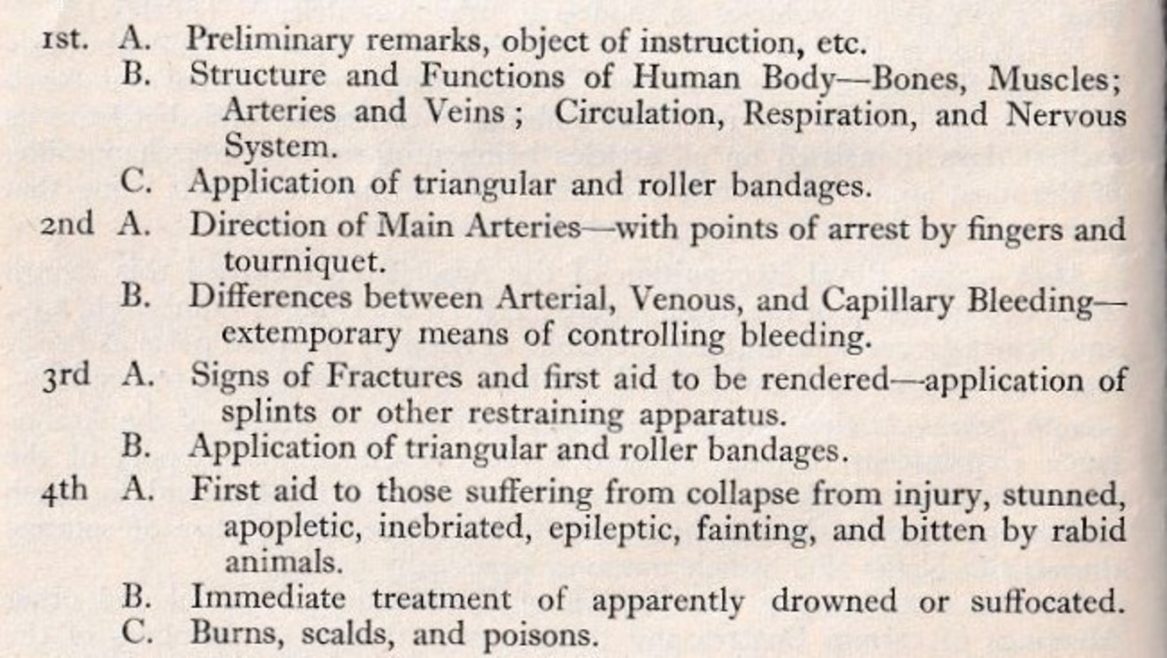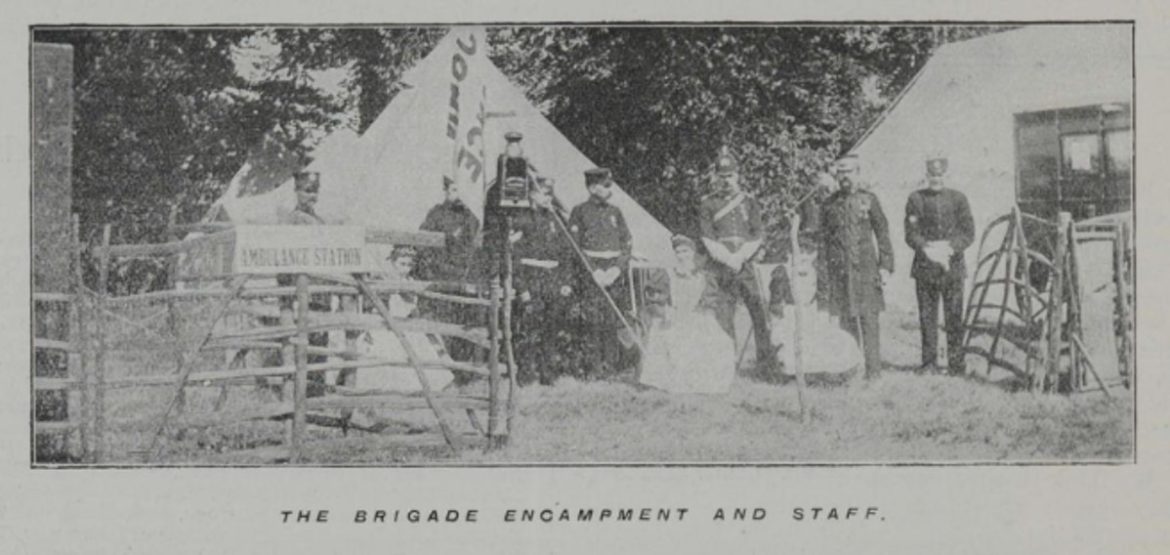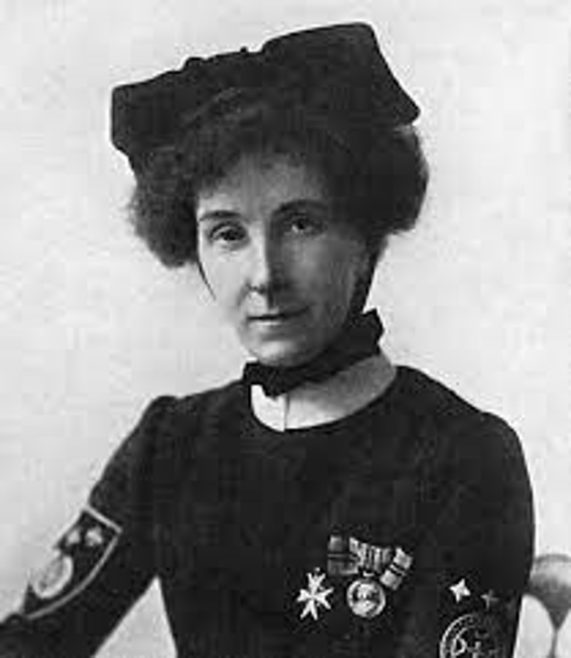International Nurses Day is celebrated around the world every 12th May, the anniversary of Florence Nightingale’s birth, and is an opportunity for us to celebrate our nurses and their unwavering commitment to making a difference to people’s lives. In celebration of International Nurses Day, Archivist Sophie Denman explores the early years of nursing with St John Ambulance.
The St John Ambulance Association was established on 1st July 1877 to provide training in first aid “as part of the Voluntary Aid Movement and as a civilian reserve for the Army Medical Department’. The primary aim of the Association was ‘instruction of pupils in first aid treatment of injured persons’. Right from the start, the Association appealed more to women than men in a proportion of 4:1, and first aid was ridiculed ‘as an ephemeral feminine fashion’. The Association began by offering three courses in first aid: the Junior Course, the First Aid Course, and the Nursing Course. The nursing course consisted of five lectures of about two hours’ duration, with the last hour of every lecture devoted to practical work (bandaging, arresting bleeding, lifting the injured etc.).
In July 1879, the first ‘official’ syllabus of instruction for the Association’s Nursing Syllabus was published, comprised of five lectures: four were the same as the men’s training (the First Aid course), with the fifth lecture available ‘for females only’. The first four lectures considered the human body and its structure, bandaging, different types of bleeds and how to control bleeding, fractures and how to apply a splint, and treatment for apparent drowning, burns, scalds, poisoning, inebriation, fainting, and bites from rabid animals. The final women-only training session covered nursing, warming and ventilating sick chambers, using a thermometer, tending to and observing the sick, making poultices, changing sheets, lifting helpless patients, feeding the sick, and improvised methods of carrying helpless patients. You could say that these areas feel more like the maternal and nurturing side of first aid, and probably why they were aimed at women.
The St John Ambulance Association’s first ‘official’ nursing syllabus, 1879.
In July of the following year, a new syllabus for a more advanced course in nursing was published. It had five lectures just for women on home-nursing and hygiene, and it was created due to the sheer volume of requests from women who had already completed the previous course, and were keen for more training and information. This new advanced nursing syllabus took a more in-depth look into the sick room, direct care of a patient, quarantine and infection control, cleanliness, bathing, and nutrition, dressing wounds, nursing children and convalescing adults, visitor management, and preparing for doctors visits.
The St John Ambulance Association’s advanced course in nursing, 1880.
Ten years after the Association began, the St John Ambulance Brigade was established to provide practical first aid, on 24th June 1887, St. John’s Day, as ‘a voluntary civilian organization for rendering assistance to cases of accident and sudden illness in civilian emergencies’. Brigade members were ordinary civilians who had completed their certification in first aid through the St John Ambulance Association and who formed Divisions of trained first aiders ready to undertake public duties.
Like the Association, the Brigade separated the men and women: the Brigade’s men formed Ambulance Divisions, and the women formed Nursing Divisions. (So, for example, the Paddington Division of the St John Ambulance Brigade would comprise both the Paddington Ambulance Division and the Paddington Nursing Division). The Nursing Divisions would meet (separate to the men) on a weekly basis to continue their first aid learning and practice, and also go out on public duties at first aid posts.
An example of a St John Ambulance Brigade first aid station, at the first National Fire Brigades’ Union Camp at Blenheim Palace, 1898.
One of the key nursing figures who sought to develop the nurses was Lady Perrott, the first Lady Superintendent-in-Chief of the entire St John Ambulance Brigade, appointed in 1911. Lady Perrott had full charge of all St John Nursing Divisions, a role she held for 29 years. During this time, she concentrated her efforts in reorganizing St John’s nursing service and improving its efficiency. She held an important conference in 1912 with the aim of securing a more uniform standard of work, and recruited the services of an experienced bank of hospital matrons to assist her in the development.
Lady Perrott, © Mary Evans Prints
Lady Perrott kept in touch with all of the St John Nursing Divisions, travelling all over the country to inspect each one. St John Ambulance nursing volunteers played a key role during the First World War, and Lady was their key coordinator, mobilizing many nursing staff at short notice. She was later made a Dame Grand Cross of the Order of St John, its highest honour, in recognition of her voluntary service to St John Ambulance. A photograph of Lady Perrott is featured in the Museum’s St John Ambulance Gallery, where you can also find out more about first aid, and the work of the St John Ambulance Brigade.












